Europe‘s rivers are among the most famous in the world. The Danube, the Volga, the Loire, the Rhine, the Vistula, the Seine, the Thames, the Rhine, the Elbe, the Douro, the Garonne, the Tagus, the Po, and the Rhine are a few of Europe’s most stunning, historic, and significant waterways. Many of these rivers are also significant historically.
The Danube is Europe‘s second-longest river in Europe after the Volga. It is the only river to traverse Europe from west to east, passing through ten different nations. Additionally, it is Europe’s longest river. The Danube is 2980 kilometers long and empties into the Black Sea. Let’s examine some of the longest rivers in Europe.
The Longest Rivers in Europe
- Volga River
- Danube River
- Ural River
- Dnieper River
- Don River
- Pechora River
- Kama River
- Oka River
- Vyatka River
- Rhine River
- Elbe River
- Donets River
- Daugava River
- Loire River
- Tajo River
- Tisza River
Volga River
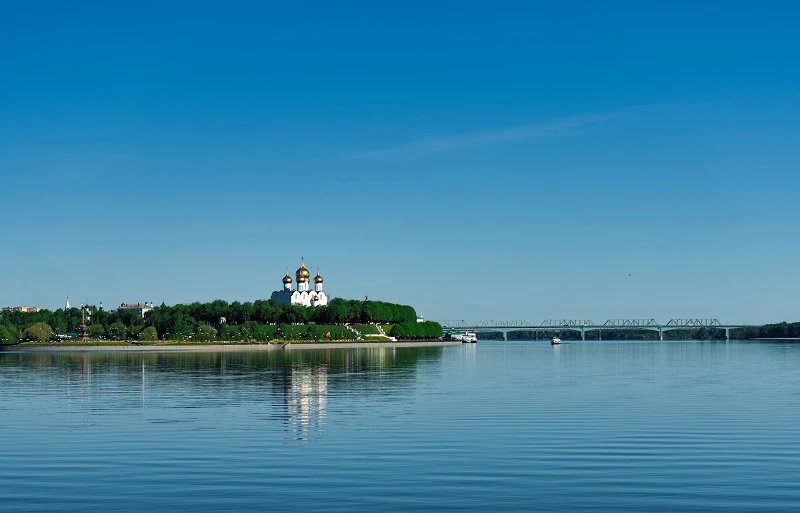
The Volga River, which flows into the Caspian Sea, is one of the longest rivers in Europe and the biggest river in the world. There are several dozen different fish species in the Volga Delta, which has more than 80 arms.
Between Saint Petersburg and Moscow, in the Valdai Hills, in the village of Volgo-Verjovie, at a height of around 228 metres above sea level, is where the Volga River originates.
Despite being the longest river in Europe, the Volga is just the fifteenth longest river in the globe. Over the previous century, the Volga’s route has been reduced by more than 160 km as a consequence of the building of multiple storage reservoirs and riverbed management.
It served as a commerce route between the north and the Arab nations beginning in the Middle Ages. Currently navigable across the majority of the length, with canals linking it directly to Moscow as well as the Baltic and White seas.
The Volga River has a significant number of tributaries, making it part of the greatest river system in all of Europe, not only in eastern Europe. The Kama, Samara, Oka, and Vetluga are the largest tributaries.
Danube River
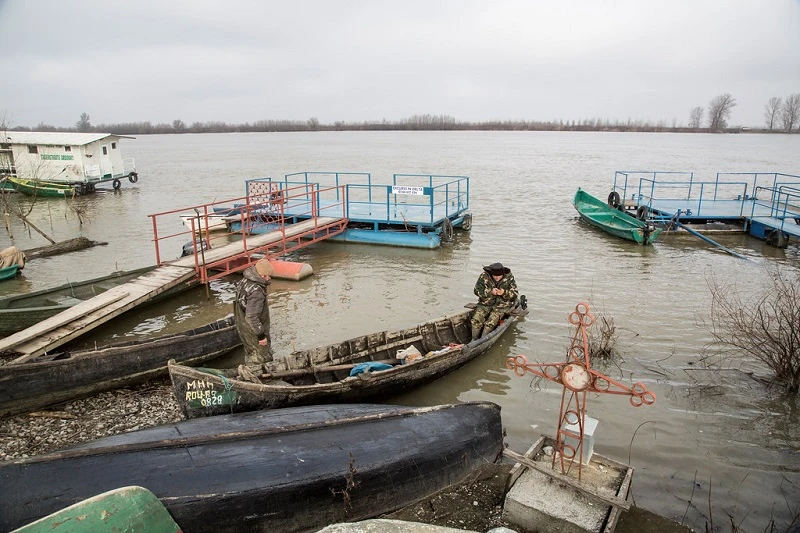
The only major river in Europe that runs from west to east is the second-longest river on the continent. Germany’s Black Forest Mountains are the source of this river, which then travels through Germany, Austria, Slovakia, Hungary, Croatia, Serbia, Bulgaria, Romania, Moldova, Ukraine, and Romania.
Its path concludes with a flow into the Black Sea. Poland is home to a portion of the Danube river basin as well. It is employed by several nations as drinking water.
It passes through numerous European capitals, including Belgrade, Budapest, Vienna, and Bratislava. You may take a trip along the river in any of the above cities.
Ural River
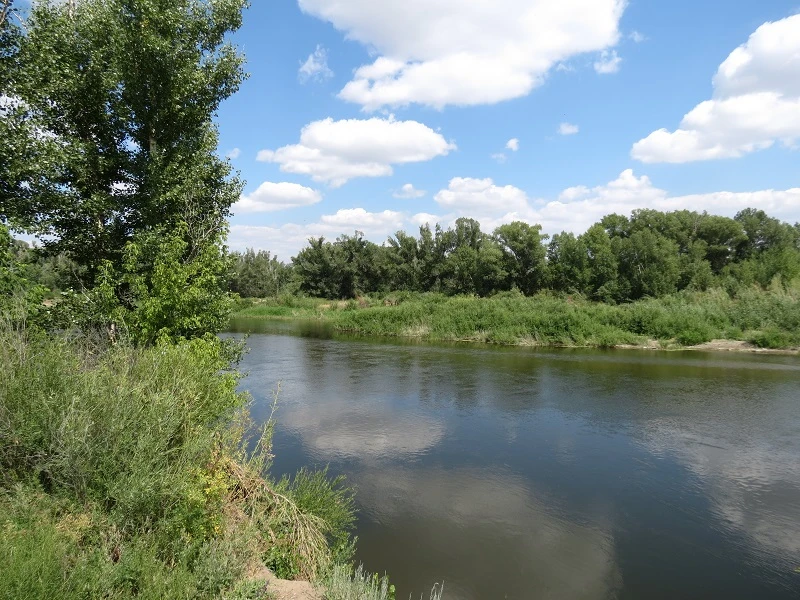
The river flows through Kazakhstan and Russia. It originates in the Ural Mountains and empties into the Caspian Sea. The primary spawning grounds for Caspian Sea sturgeon are found in the Urals.
The boundary between Europe and Asia is said to be formed by the Ural River. As a result, some of the river’s towns, such Orenburg or Magnitogorsk, seem to be located on two different continents. Yaik River was the old name for the Ural River.
Dnieper River
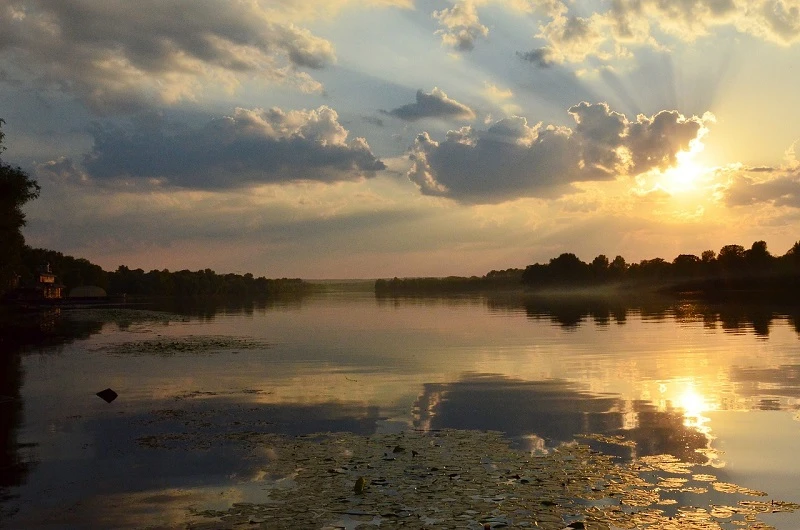
Dnieper River runs to the Black Sea through Russia, Belarus, and Ukraine. The Greeks colonized the river’s mouth more than 2,000 years ago; Herodotus described it as the third-longest river in the world.
He established a link between Scandinavia and Constantinople in the middle Ages. Due to the success of this route, Kiev, a city on the Dnieper, was one of the richest in all of Europe.
Between the 17th and the end of the 18th centuries, a significant portion of the Dnieper River served as Russia’s and the Republic of Poland’s boundary. You may take a Viking River Cruise from Odessa to Kiev.
Don River
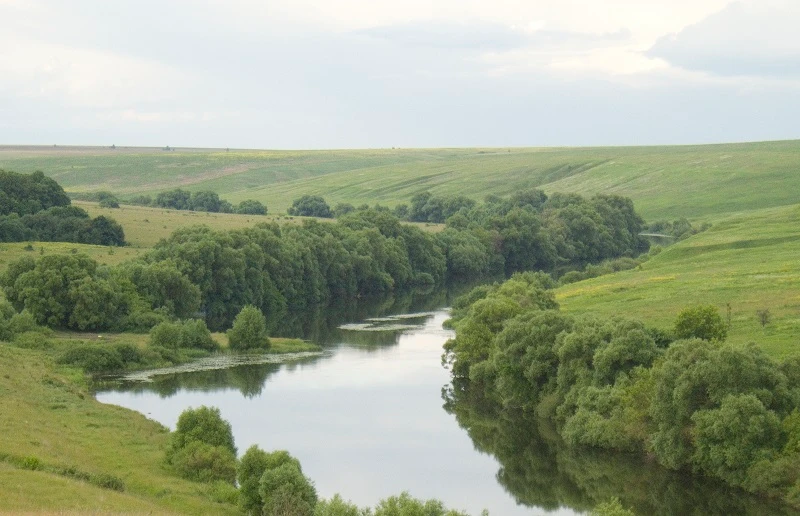
Don River is one of the great rivers of the European portion of Russia. It has been a vital artery in Russian history since the days of Peter I the Great, who initiated a hydrographic survey of its course.
Throughout the world the river is associated with images of the turbulent and colorful Don Cossacks—romanticized in a famous series of novels by the 20th-century Russian writer Mikhail Sholokhov—and with a series of large-scale engineering projects that have enhanced the waterway’s economic importance.
Through Russia, it runs to the Sea of Azov. The river is difficult to travel on because half the year is spent frozen over.
It is one of the most crucial communication conduits, nevertheless. One of the key industrial areas is the Donetsk Coal Basin, or Donbass. Its 105 km long Volga-Don canal connects to the longest river in Europe.
Pechora River
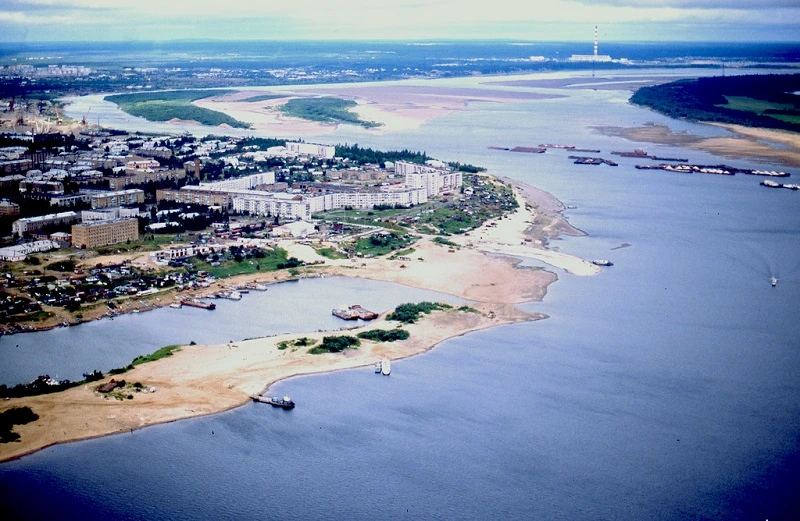
Pechora River, one of the longest rivers in Europe, often spelt Peora, is a river in Russia that runs 1,124 miles (1,809 km) in length.
Beginning at Mount Koyp in the northern Urals, it runs south in a small, deep valley before turning west and north over a large, level basin to make its delta-like entrance into the Barents Sea.
A region of 124,500 square miles (322,000 square km) is drained by the Pechora. From early November until early May, the river is frozen over.
There is a lot of timber rafting, and navigation is available all the way up the river to Ust-Unya. Large amounts of coal, petroleum, and natural gas can be found in its basin.
Due to the abundance of coal and oil resources along the Pechora, it is used for their transportation. Not without challenges because the river is just frozen for 7-8 months out of the year. Into the Arctic Ocean, the Pechora empties.
Kama River
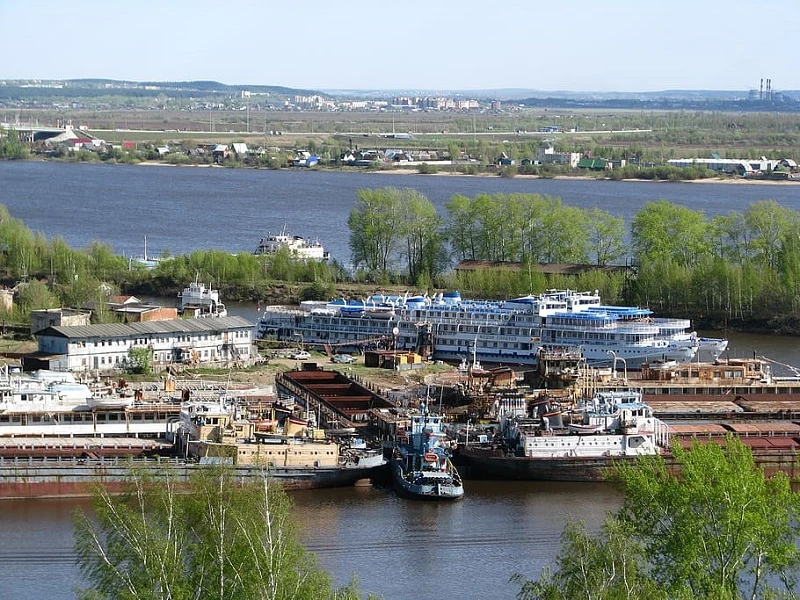
River kama is the biggest river in the country, after the Volga. It was once a crucial transportation route to the Urals and Siberia, but now Moscow can be accessed through the Volga River because of the canal connections.
River Kama is in western-central Russia. It originates in the Upper Kama Upland in Udmurtia and travels 1,122 miles (1,805 km) via north, east, south, and southwest until emptying into the Volga River below Kazan, in the Samara Reservoir.
A basin the size of 522,000 square kilometres is drained by it. Nearly 60% of the yearly flow occurs during the spring maximum flow after snowmelt; the freeze-up period lasts from mid-November or early-December to April.
Oka River
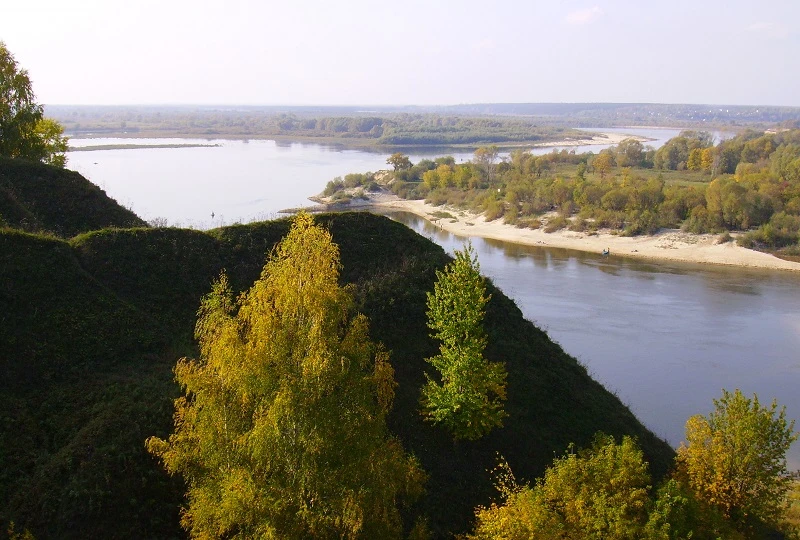
The source site of the Oka River is 226 metres above sea level and is located in the Russian Oryol Oblast. The Oka River, which runs for 1,500 km before entering the Volga, is the Volga’s greatest tributary.
The Oka River eventually drains into the Caspian Sea. The Oka River has a number of tributaries that splinter off of it, as well as a number of settlements and towns that line its banks.
The Oka River is linked to a number of other basins in towns throughout central Russia, making it extremely navigable and practical for business trade and the transportation of commodities.
Vyatka River
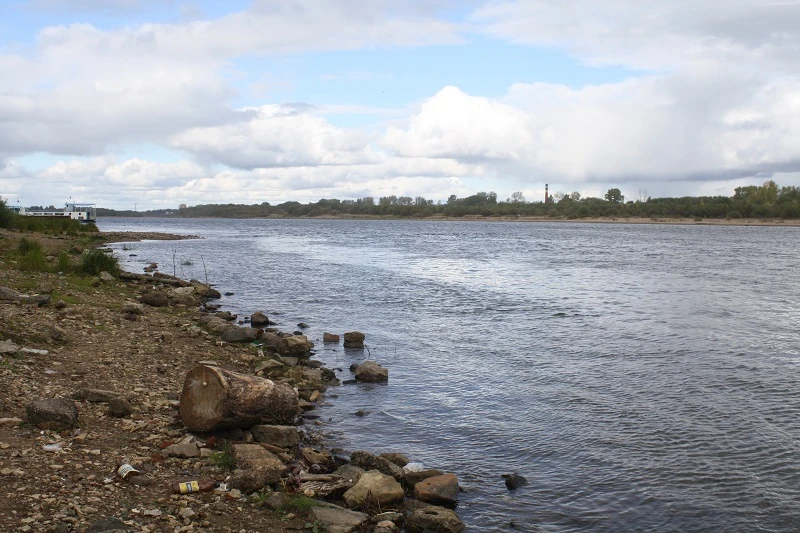
The Vyatka River originates in Udmurtia and flows into the Kama River as a tributary. Russia’s Kirov Oblast is traversed by the river, which discharges around 31,000 cubic feet of water every second.
The Vyatka River freezes in early November at the start of winter and doesn’t defrost until the end of April. The remainder of the year, it is easily navigable from the mouth to Kirov.
It has many significant ports, including Kirove, Sovetsk, Kotelnich, and Vyatskiye Polyany. The river is nevertheless a favourite among anglers even though it remains frozen for much of the year. The river is home to several different species of fish, such as bream, pike, perch, and tench.
Rhine River
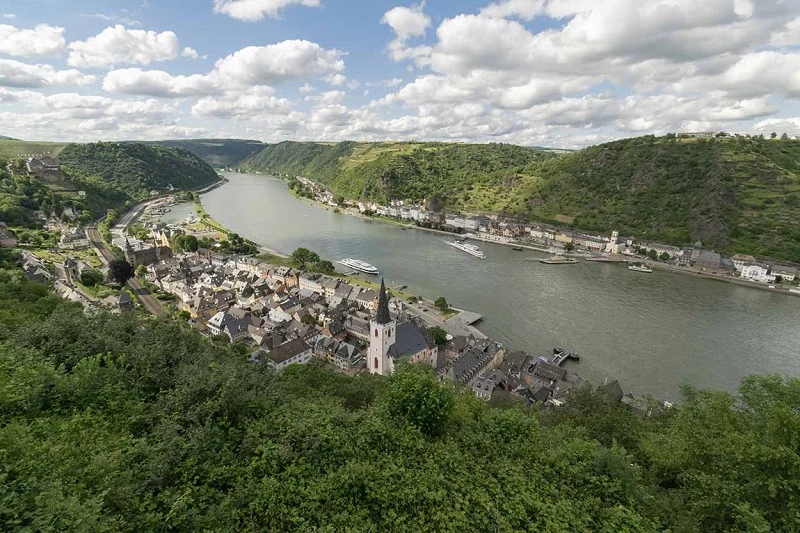
The Rhine River runs through Hoek van Holland, Rotterdam, Netherlands, from its source in the Graubunden region of Switzerland. In the end, it releases 102,413 cubic feet of water per second into the North Sea. This magnificent river stretches 1,230 km.
It is renowned for its beauty and is a significant river in Europe. It passes through a number of European nations, including Switzerland, France, Germany, Austria, Italy, Luxembourg, Belgium, Liechtenstein, and the Netherlands.
Elbe River
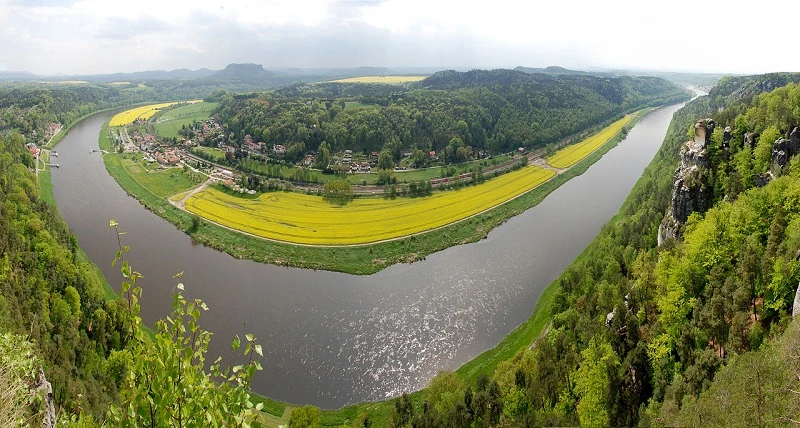
The Czech Republic’s Krkonose Mountains are the Elbe River’s source. It travels across Germany for 1,091 km before emptying into the North Sea.
It expels around 30,724 cubic feet of water every second from its mouth. People in the area adore the Elbe River for its steady supply of fresh water. It is renowned for its beauty and capacity to preserve the local flora and animals.
Donets River
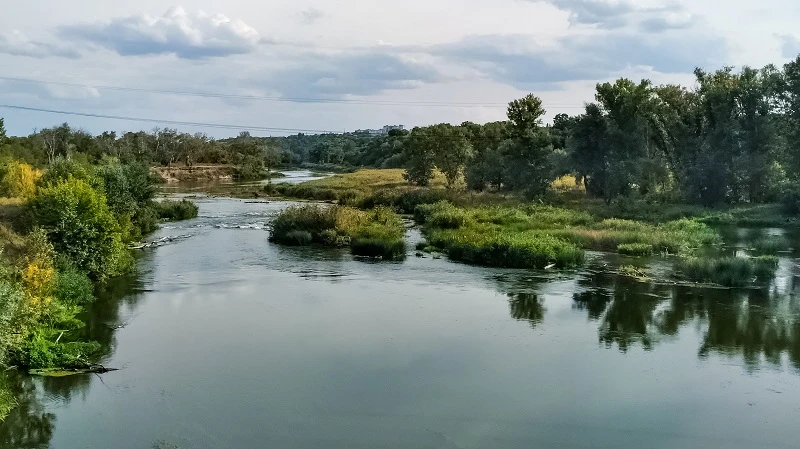
The Donets River originates high in the Prokhorovsky district of the Belgorod Oblast of Russia, at an altitude of 200 metres above sea level. It is the fourth-longest river in the nation and the most significant river in eastern Ukraine. A significant tributary of the Don River is also this river.
The river is home to a wide variety of birds and animals because the majority of its course is through forested areas. Many people who reside along the river’s banks see it as a major benefit for the area.
The Donets River travels through Ukraine, Russia, and the eastern European Plains for a distance of 1,050 km.
Daugava River
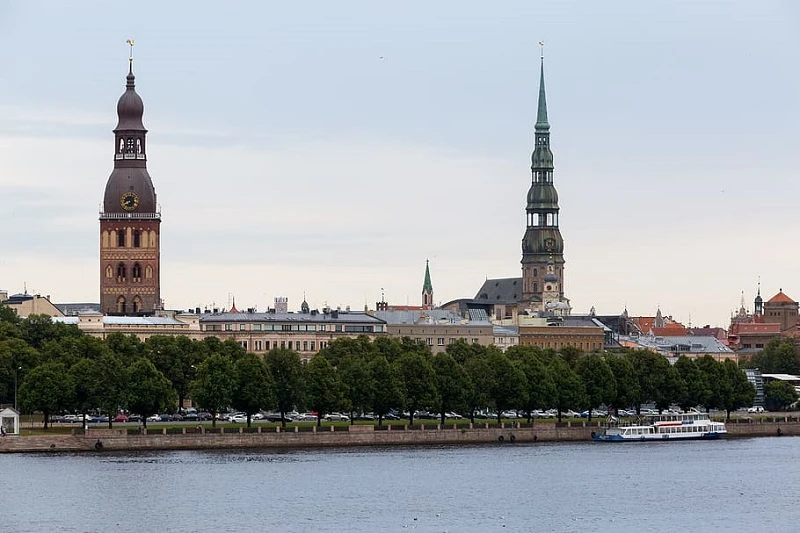
The Daugava River, which originates in Russia’s Valdai Hills, is 1,020 km long. It empties into the Baltic Sea and the Gulf of Riga in Latvia. The river’s length is around 325 kilometres in Russia, 338 kilometres in Belarus, and 352 km through Latvia.
Several notable cities, including Riga, Andreapol, and Daugavpils, are traversed by this river.
The Daugava River is revered in the areas where it runs because of its breathtaking beauty and contributions to the region’s overall ecological support.
Loire River
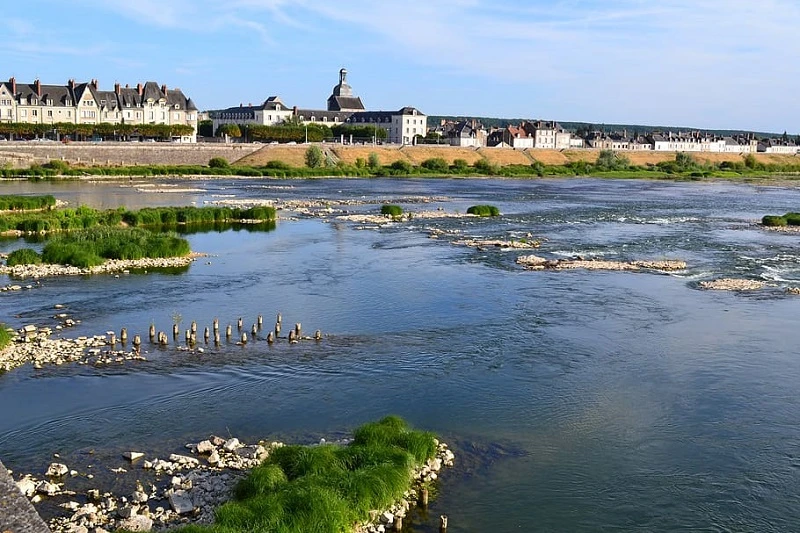
At 1,350 metres above sea level, in the Massif Central, in the southeast part of Ardeche, is where the lovely Loire River in France begins. It is one of the longest rivers in Europe. After travelling 1,012 km, it eventually empties into the Atlantic Ocean in Saint-Nazaire.
Following the construction of Nantes’ port in 1700, using this river for transportation gained popularity. Long into the industrial age, products were transported across the region on shallow river ships and barges.
Although supplies like coal and goods were successfully delivered, the river’s shallow draught limited the amount of tonnage that could be carried. When railroads were completely established, the volume of trade along the river soon decreased.
Tajo River
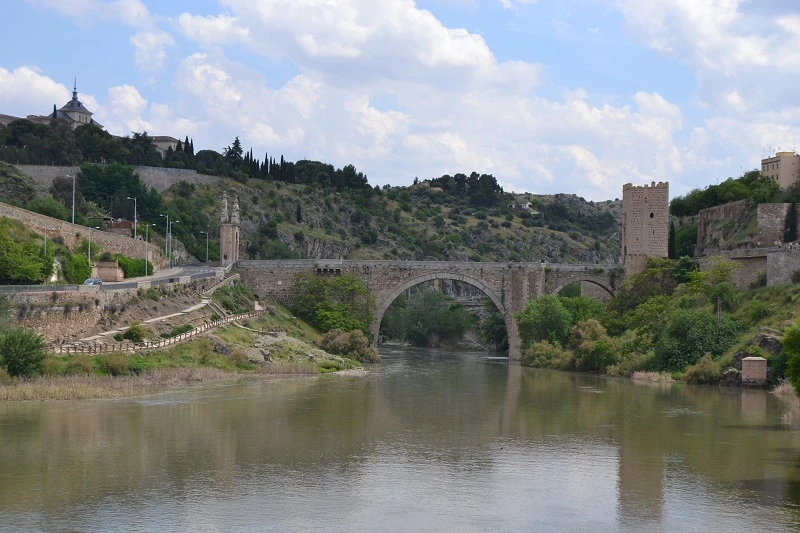
The Tajo River spans Spain and Portugal and is the longest river in the Iberian Peninsula. The Siera de Albarracin in the Montes Universales is where the source is located.
The river, which has a total length of 1,007 km, finally flows into the Atlantic Ocean through Lisbon. The Tajo River is quite active, and many villages have benefited from harnessing its power.
Many towns in Portugal and central Spain now obtain their drinking water from this spectacular river because to the installation of numerous dams and water-diversion projects. In addition to the river, hydroelectric facilities are employed to power the local population.
Tisza River
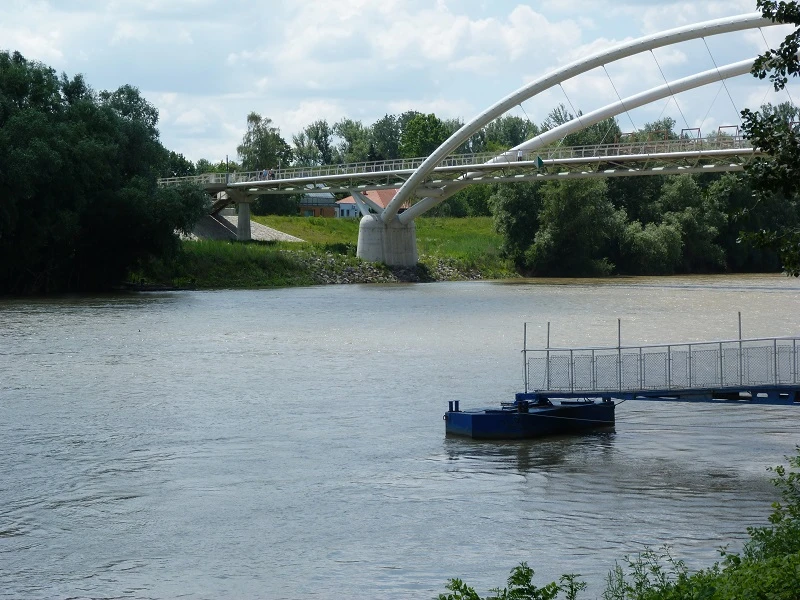
This river, which predominantly runs through Hungary, is regarded as the country’s main river. Water from Ukraine’s eastern Carpathian Mountains feeds the river.
The precise place of origin of this river is near to Rakhiv, Ukraine, and is located at a height of 2,020 metres above sea level. This river has a length of 965 km and empties into the Black Sea. The closeness to this river benefits a number of nations, including Ukraine, Romania, Hungary, Slovakia, and Serbia.
A regulation of the Tisza was created to restructure and shorten the river in order to solve the issue of severe flooding.
In order to eventually store water that may be utilised during droughts, the Tisza Dam was constructed in the 1970s. As a result, the lake gained popularity as a tourist and recreational destination in Hungary.
For your reference: https://en.wikipedia.org/wiki/List_of_rivers_of_Europe
Conclusion
In conclusion, the rivers of Europe weave a mesmerizing tapestry that reflects the continent’s diverse landscapes, rich history, and vital importance to human civilization.
it becomes evident that these waterways are not merely geographical features, but lifelines that have shaped cultures, fostered trade, and sustained ecosystems.
From the snow-capped peaks of the Alps to the tranquil plains of Eastern Europe, these rivers connect past and present, flowing through time as witnesses to the ever-evolving story of Europe.
These are only a few of the longest rivers in Europe, but there are many more to discover. In all, the continent is crossed and circled by more than 150 trans-boundary rivers. Hopefully, the choices on this list as the longest rivers in Europe have helped you decide which ones to view first.
